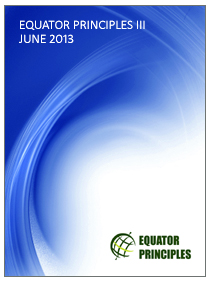Promoting Environmental Sustainability in Development : An Evaluation of the World Bank's Performance
Substantial improvement has been done by
the Bank in its environmental performance since 1987. The
Bank focused on the environment as a new area of activity,
and it has sought to mitigate the negative environmental
effects of its development interventions. The Bank's
participation in the 1992 United Nations Conference on
Environment and Development, and the 1992 World Development
Report on the environment, demonstrated the Bank's


